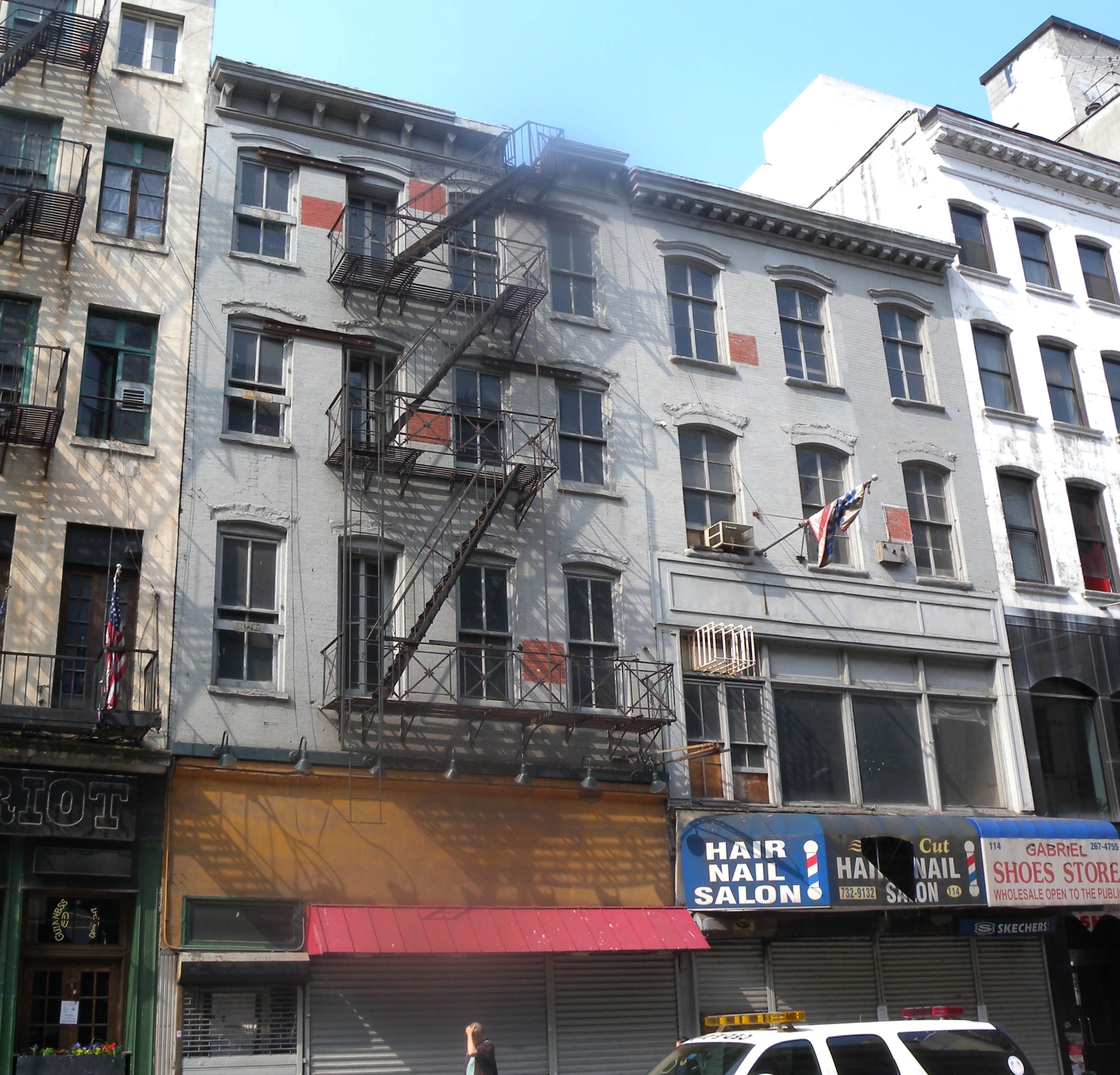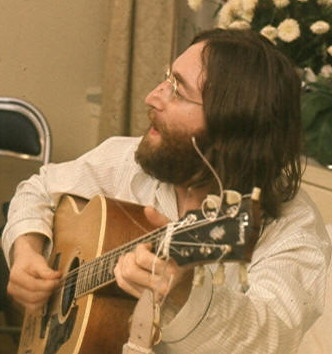|
Yoko Ono
Yoko Ono ( ; ja, 小野 洋子, Ono Yōko, usually spelled in katakana ; born February 18, 1933) is a Japanese multimedia artist, singer, songwriter, and peace activist. Her work also encompasses performance art and filmmaking. Ono grew up in Tokyo and moved to New York City in 1953 with her family. She became involved with New York City's downtown artists scene in the early 1960s, which included the Fluxus group, and became well known in 1969 when she married English musician John Lennon of the Beatles. The couple used their honeymoon as a stage for public protests against the Vietnam War. She and Lennon remained married until he was murdered in front of the couple's apartment building, the Dakota, on 8 December 1980. Together they had one son, Sean, who later also became a musician. Ono began a career in popular music in 1969, forming the Plastic Ono Band with Lennon and producing a number of avant-garde music albums in the 1970s. She achieved commercial and critical acc ... [...More Info...] [...Related Items...] OR: [Wikipedia] [Google] [Baidu] |
Plastic Ono Band
The Plastic Ono Band was a rock band formed by John Lennon and Yoko Ono in 1969 for their collaborative and solo projects based on their 1968 Fluxus conceptual art project of the same name. Lennon and Ono began a personal and artistic relationship in 1968, collaborating on several experimental releases. After their marriage in 1969, they decided their future endeavours would be credited to the Plastic Ono Band. The band featured a rotating line-up of musicians including Eric Clapton, Klaus Voormann, Alan White, Billy Preston, Jim Keltner, Keith Moon, Delaney & Bonnie and Friends, and Lennon's former Beatles bandmates George Harrison and Ringo Starr. After Lennon and Ono moved to New York in 1971, they collaborated with Elephant's Memory under the name "Plastic Ono Elephant's Memory Band". Lennon's collaborations continued under similar names until 1974. From 2009 to 2015 (29 years after Lennon was murdered), Ono and her son Sean Lennon led a new incarnation of the group, ... [...More Info...] [...Related Items...] OR: [Wikipedia] [Google] [Baidu] |
Tokyo
Tokyo (; ja, 東京, , ), officially the Tokyo Metropolis ( ja, 東京都, label=none, ), is the capital and List of cities in Japan, largest city of Japan. Formerly known as Edo, its metropolitan area () is the most populous in the world, with an estimated 37.468 million residents ; the city proper has a population of 13.99 million people. Located at the head of Tokyo Bay, the prefecture forms part of the Kantō region on the central coast of Honshu, Japan's largest island. Tokyo serves as Economy of Japan, Japan's economic center and is the seat of both the Government of Japan, Japanese government and the Emperor of Japan. Originally a fishing village named Edo, the city became politically prominent in 1603, when it became the seat of the Tokugawa shogunate. By the mid-18th century, Edo was one of the most populous cities in the world with a population of over one million people. Following the Meiji Restoration of 1868, the imperial capital in Kyoto was mov ... [...More Info...] [...Related Items...] OR: [Wikipedia] [Google] [Baidu] |
Abstract Music
Absolute music (sometimes abstract music) is music that is not explicitly 'about' anything; in contrast to program music, it is non- representational.M. C. Horowitz (ed.), ''New Dictionary of the History of Ideas'', , vol.1, p. 5 The idea of absolute music developed at the end of the 18th century in the writings of authors of early German Romanticism, such as Wilhelm Heinrich Wackenroder, Ludwig Tieck and E. T. A. Hoffmann but the term was not coined until 1846 where it was first used by Richard Wagner in a programme to Beethoven's Ninth Symphony. The aesthetic ideas underlying absolute music derive from debates over the relative value of what was known in the early years of aesthetic theory as the fine arts. Kant, in his '' Critique of Judgment'', dismissed music as "more a matter of enjoyment than culture" and "less worth in the judgement of reason than any other of the fine arts" because of its lack of conceptual content, thus treating as a deficit the very feature of mus ... [...More Info...] [...Related Items...] OR: [Wikipedia] [Google] [Baidu] |
The Beatles
The Beatles were an English rock band, formed in Liverpool in 1960, that comprised John Lennon, Paul McCartney, George Harrison and Ringo Starr. They are regarded as the most influential band of all time and were integral to the development of 1960s counterculture and popular music's recognition as an art form. Rooted in skiffle, beat and 1950s rock 'n' roll, their sound incorporated elements of classical music and traditional pop in innovative ways; the band also explored music styles ranging from folk and Indian music to psychedelia and hard rock. As pioneers in recording, songwriting and artistic presentation, the Beatles revolutionised many aspects of the music industry and were often publicised as leaders of the era's youth and sociocultural movements. Led by primary songwriters Lennon and McCartney, the Beatles evolved from Lennon's previous group, the Quarrymen, and built their reputation playing clubs in Liverpool and Hamburg over three years from 1960, initia ... [...More Info...] [...Related Items...] OR: [Wikipedia] [Google] [Baidu] |
Fluxus
Fluxus was an international, interdisciplinary community of artists, composers, designers and poets during the 1960s and 1970s who engaged in experimental art performances which emphasized the artistic process over the finished product. Fluxus is known for experimental contributions to different artistic media and disciplines and for generating new art forms. These art forms include intermedia, a term coined by Fluxus artist Dick Higgins; conceptual art, first developed by Henry Flynt, an artist contentiously associated with Fluxus; and video art, first pioneered by Nam June Paik and Wolf Vostell. Dutch gallerist and art critic describes Fluxus as "the most radical and experimental art movement of the sixties".. 1979. ''Fluxus, the Most Radical and Experimental Art Movement of the Sixties'' Amsterdam: Editions Galerie A. They produced performance "events", which included enactments of scores, "Neo-Dada" noise music, and time-based works, as well as concrete poetry, visual art, ... [...More Info...] [...Related Items...] OR: [Wikipedia] [Google] [Baidu] |



